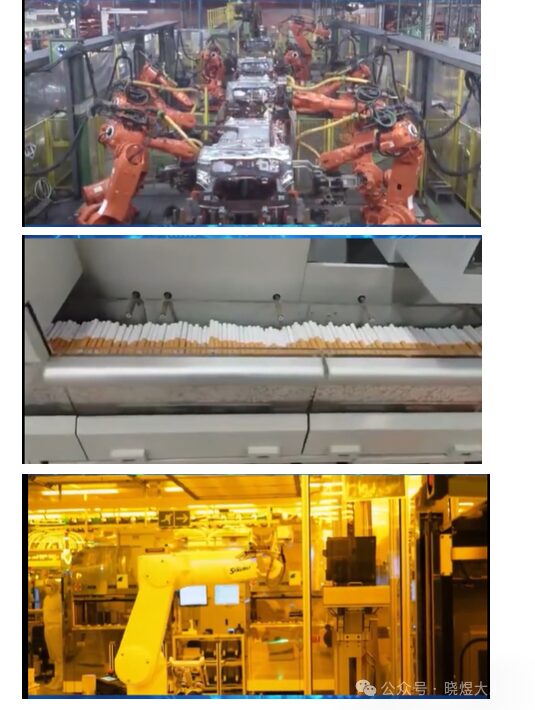Life is like a marathon; sometimes you need to take a break to go fishing to go further.
Hey! It’s time for a break again. A couple of days ago, I shared about
Understanding a Communication Protocol: PROFINET
Understanding a Communication Protocol: PROFIBUS
Today, let’s learn about the new CANopen communication protocol.
CANopen Communication Protocol
Features: Embedded systems, real-time data exchange, node monitoring and diagnostics.
Application scenarios: Widely used in real-time industrial applications, robotics, medical, transportation, automotive, and aerospace fields.

CANopen Communication Protocol
This issue will give you a comprehensive understanding.
The CAN bus is very powerful; it is one of the most widely used field buses internationally and has been extensively applied in automotive manufacturing, machinery manufacturing, packaging machinery, tobacco, and other industries.
Part of the reason is its excellent performance, perfectly adapting to industrial production needs at the time; another reason is its early emergence! The Bosch company in Germany developed the CAN protocol in 1983 and officially released it in 1986. It is worth noting that the concept of field buses was formally proposed only in 1984, so the release of the CAN bus inevitably caused a strong reaction.

However, the CAN field bus itself only implements the physical layer and the data link layer; thus, the CANopen protocol was born in 1992, filling the gap for the application layer of the CAN bus.
Some friends may not understand what the physical layer, data link layer, and application layer are.
Let me give you an analogy: the CAN bus is like the definition of a telephone and its transmission method, whether wired or wireless; while CANopen defines the language. Messages can be transmitted through the phone, but both parties need to use the same language. If you call a foreigner who doesn’t understand Chinese and you don’t understand English, you can’t communicate.

He says “double,” and you think it’s about packaging; he says “you need cry dear,” and you think it’s about your delivery. This is actually due to the mismatch in your application layer protocols; he has installed the English protocol, and you have installed the Chinese protocol, which leads to a communication breakdown. CANopen serves to define the application layer protocol, ensuring that if you install the English protocol, I also install the English protocol, so we can communicate effectively.
Returning to the previously mentioned CAN bus, its performance is indeed strong.
The first strength is its real-time capability, which can achieve microsecond-level response times. In the world of martial arts, speed is unbeatable. This makes the CANopen protocol highly reliable and stable in motion control applications.
At the same time, CANopen itself is an open protocol that defines a complete synchronization control mechanism and has high scalability. This makes it convenient for developers to use and learn, and it makes CANopen a low-cost and high-performance choice. Almost every automation company has a CANopen communication interface.
So, does CANopen have any drawbacks?
The answer is yes. CANopen can support a maximum of 127 nodes, but the actual maximum number of nodes depends on the performance of the CAN transceivers used, which means that in some large systems, the node count may be limited. Additionally, the data transmission rate of CANopen is generally lower, usually ranging from hundreds of kb to several mb, which may be a limitation in applications requiring high-speed data transmission. Furthermore, due to the priority relationship of data transmission among nodes in the CAN bus, the performance in industrial robot motion control, especially for multi-axis linkage or synchronous operation, is not ideal.

For more exciting content, follow our WeChat public account: Xiaoyu Discovery
You can also follow Xiaoyu’s newly organized account by searching WeChat (Xiaoyu Software Exchange) for software sharing, with fresh software shared daily.
If you like it, please share and give a thumbs up! Your likes are my motivation to move forward!
